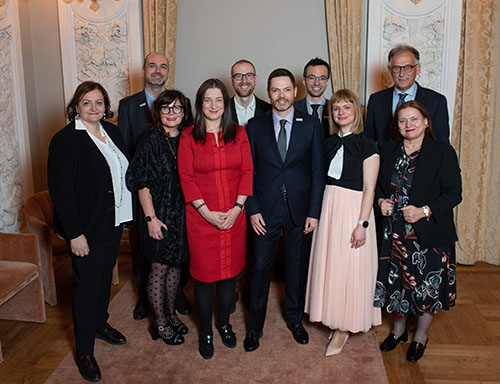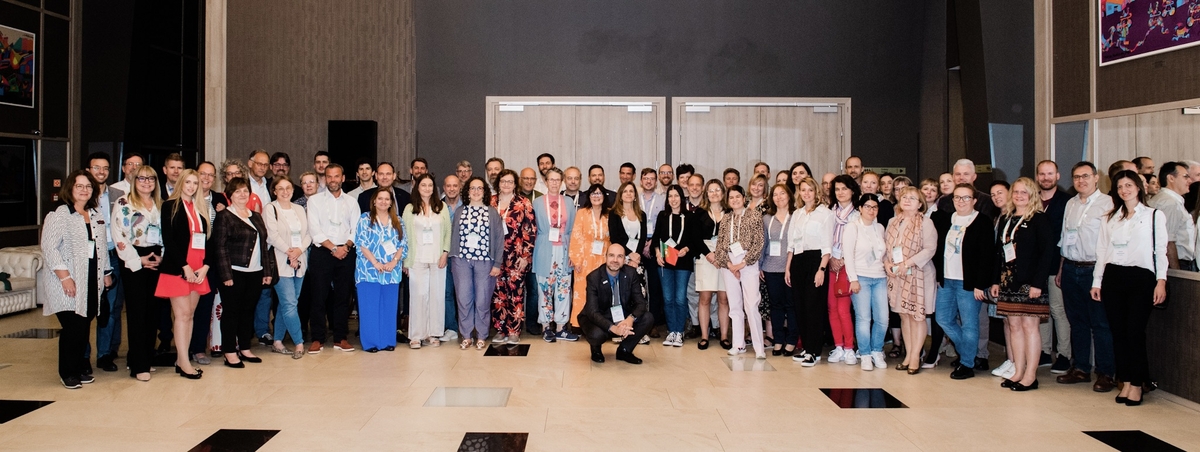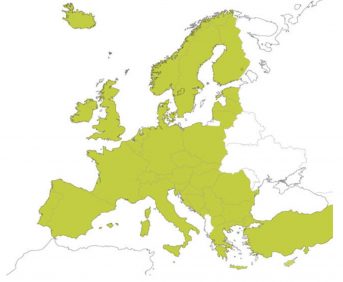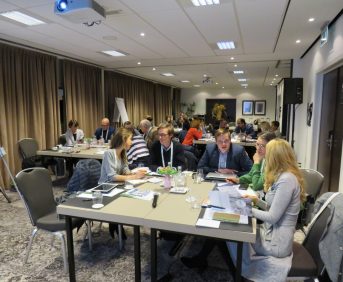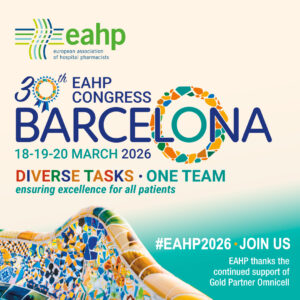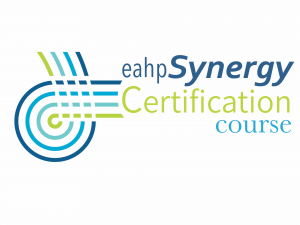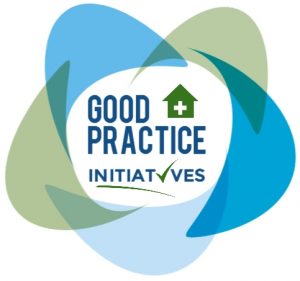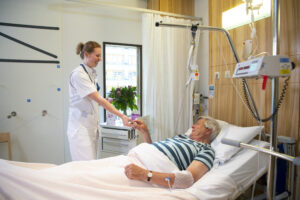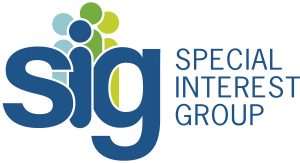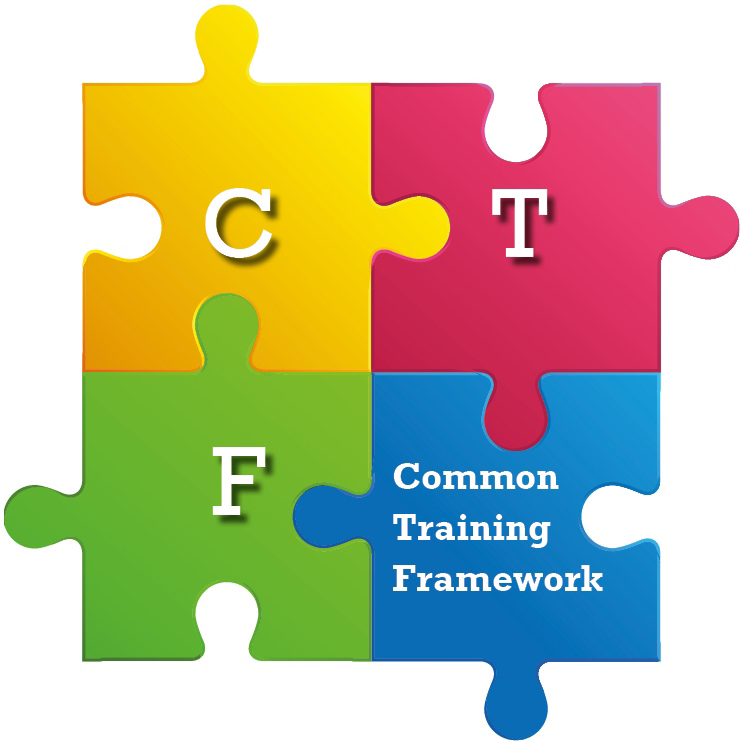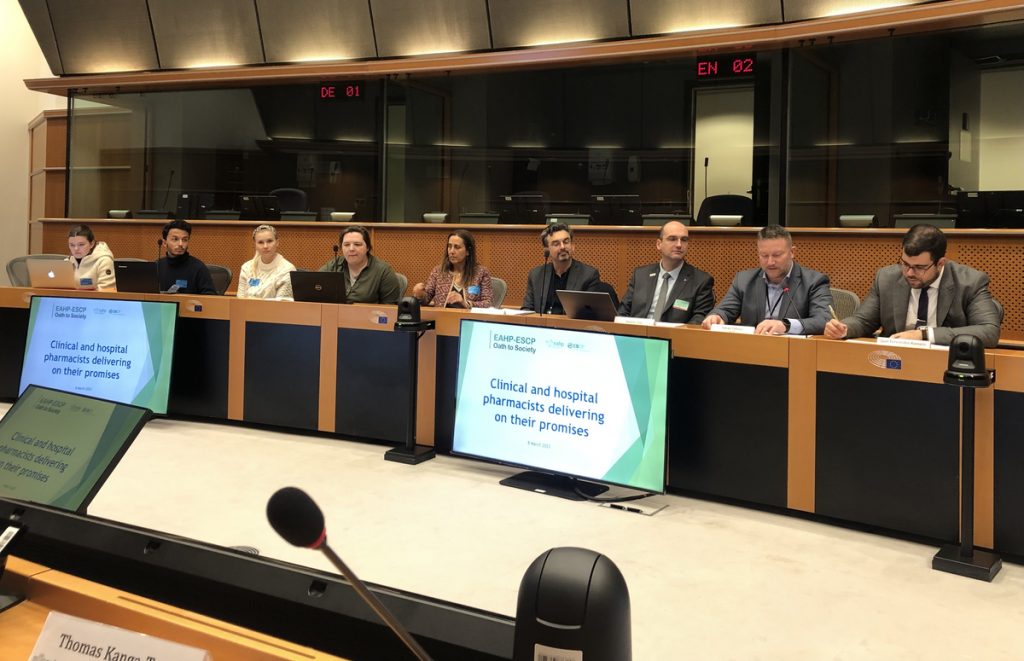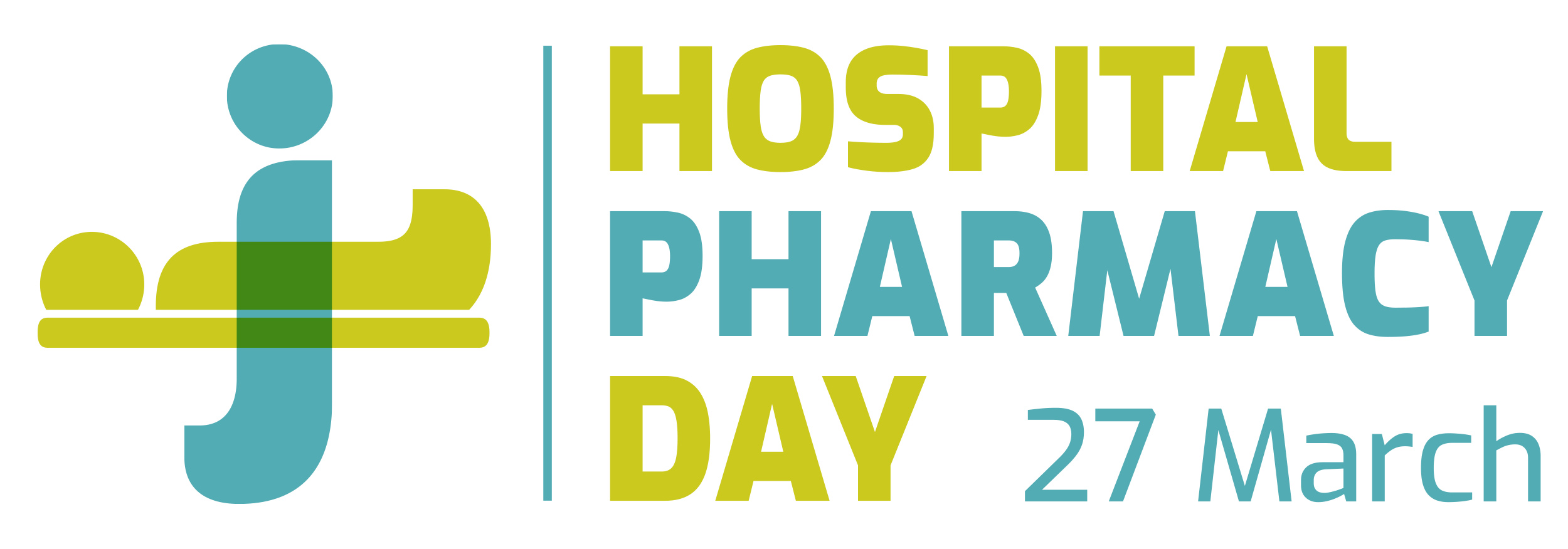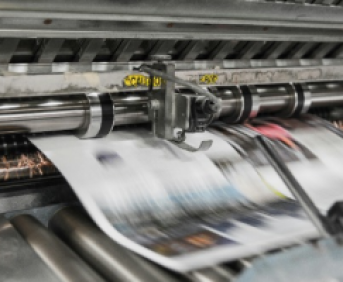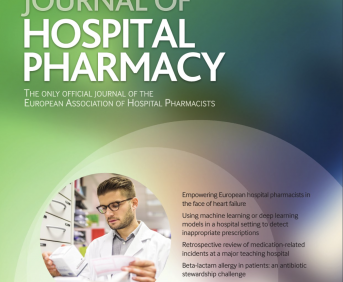IDEA BOX: INVOLVING HOSPITAL PHARMACY ASSISTANTS IN A QUALITY APPROACH
Pdf

European Statement
Patient Safety and Quality Assurance
Author(s)
Adeline HERLIN, Hermine ZIGA, Pauline PAYOT
Why was it done?
The aim is to continuously improve quality and efficiency.
What was done?
In the interests of continuous quality improvement, we have set up a suggestion box in the pharmacy’s unit repackaging sector.
How was it done?
We have set up a suggestion box for technician and pharmacists.
Each person can submit ideas or questions, anonymously or not.
After one month, the box was unpacked. The ideas and queries were analysed and discussed.
What has been achieved?
Eight points were raised.
One point concerns procedures.
The existing procedures on the intranet network are not well known to users. We have provided an easy-to-access binder.
Three points relate to packaging methods (list of products according to packaging method, removal of expired packaged products, mismatch of the Eticonform® label with the blister pack).
A decision tree was made (Euraf®: large quantities, multi-dose vials, magistral formula, small blister packs). The printing of the ledgers indicates the packaged products and their expiry dates. The removal of expired products is done according to the ledgers. A precaution must be taken when editing labels Eticonform® “laboratory” labels. Indeed, the size of the blister packs differs from one laboratory to another.
The fifth point concerns the organization.
Technicians wish a storage area dedicated to repackaged specialties to compensate for stock errors.
After discussion, we did not retain this proposal.
The other point concerns the lack of equipment.
A stool and a ruler were provided.
The penultimate point concerns the use of returns from services in multi-dose vials.
We propose the packaging of small units with expiry dates < 3 months with the Euraf® bagging machine.
Otherwise (e.g. Carbimazole), we propose the packaging of sufficient quantities for 7 days in the vials with pre-printed labels with an expiry date of one week.
The last point concerns the labelling of blisters with desiccant capsule (e.g. Nicorandil).
We offer Eticonform® re-labelling with a statement: USE BY xx/xx/202x (30 days after re-labelling).
What next?
The involvement of the technician team in a proactive approach to risk management is essential. We wanted to harness their practical expertise and energize the team.
The box will be integrated into our current practice.
EXCEPTIONAL HEALTH SITUATIONS: OBSERVATION OF AN IMMERSIVE EXERCISE IN THE HOSPITAL PHARMACY AND FEEDBACK
Pdf

European Statement
Patient Safety and Quality Assurance
Author(s)
Delphine BODEN, Laura RODRIGO, Rachel MAHE, Olivier SELLAL, Maxime PARE, François RONDEAU
Why was it done?
The main objective was to test the activation of our Pharmacy-Sterilization-Operational-Unit (PS-OU), established in December 2022, and to work on its interaction with the others OU of the different hospital services. The second aim was to continue the training of pharmaceutical teams on exceptional health situations (EHS).
What was done?
In March 2024, our hospital pharmacy (HP) took part in an inter-departmental exercise based on the scenario of managing a massive influx of polytrauma victims at our hospital. The quick engagement of mobile medical units and sterilization department, dependent on the HP, is indeed a key element in the optimal care of victims, whether in hospital or pre-hospital.
How was it done?
Two interns and one pharmacy technician, with an analysis framework, were in attendance as observers through the exercise. During the PS-OU activation, various points were observed: global crisis management, task assignment and communication between the members, data centralization and communication with the others OU, efficiency and speed of response to problems… A feedback questionnaire was then sent to the 9 main players (PS-OU members, on-call pharmacist…). Intra-HP and inter-departmental feedback were provided immediately, then a posteriori.
What has been achieved?
For 3 hours, our HP had activated its OU to provide the best possible response to this exercise. The observation of this exercise pointed out the rapid activation and efficiency of the PS-OU (by the on-call pharmacist, on the order of the head of department), so a great intern and extern communication. Areas for improvement were raised, such as the optimization of available tools. 89% of players answered the feedback questionnaire. The communication was considered operational and the PS-OU essential by all the respondents. They also feel that this type of exercise is needed (75%) and helps prepare them for EHS (88%).
What next?
Aims of this exercise were achieved. Preparing, hosting and then analyzing this kind of exercise, although seemingly time-consuming, enables us to validate and, where required, consolidate the intended organization for EHS. These results also strengthen our determination to pursue our annual exercise program. Shortly, an exercise with the supply members of our PS-OU will be organized, in order to train the less experienced members as well.
Assesing cold chain compliance for biotherapy drugs in a university hospital’s medical departments
Pdf

European Statement
Patient Safety and Quality Assurance
Author(s)
AMINE BAYEN, OUMAIMA KHARKHACH, HICHAM EL HORR, LHOUSSAIN ZARAYBY, SANAE DERFOUFI
Why was it done?
It has been observed that within the gastroenterology, neurology, internal medicine, rheumatology, and dermatology departments, there exist inconsistencies and disparities. These include extended transportation times averaging 8 minutes, a lack of isothermal bags for transportation, and refrigerators not connected to the main hospital generator.
Strict adherence to storage guidelines is crucial, as any breach in the cold chain could compromise the drug’s therapeutic effectiveness, increase the risk of adverse effects, and lead to significant financial losses for healthcare institutions.
What was done?
Ensuring optimal storage and transportation conditions for biotherapy drugs in various medical departments within a university hospital by assessing and improving cold chain compliance.
How was it done?
Implemented corrective actions and recommendations have been primarily directed towards minimizing transportation duration and procuring thermal bags for all departments handling biotherapy products. These initiatives encompass enhancing staff awareness in the cold chain process through sensitization campaigns and regularly evaluating refrigerator temperatures. Moreover, a strategic plan is underway to establish their connectivity to the generator system in the near term.
What has been achieved?
A notable reduction in the transportation time of biotherapeutic drugs has been achieved, decreasing the average duration from 8 minutes to 6 minutes. Additionally, the widespread adoption of thermal bags across audited departments has substantially bolstered the stability of biotherapeutic drugs, mitigating temperature fluctuations and enhancing patient safety. Moreover, our efforts in sensitising medical and pharmaceutical staff within these departments have yielded a significant increase in awareness and adherence to stringent cold chain protocols.
What next?
The inconsistencies and disparities identified during the assessment of the biotherapy drug cold chain within our hospital suggest a potential lack of adherence to procedural standards. This situation poses a considerable risk to patient safety, warranting further investigation and action.
Our focus will extend beyond the cold chain assessment to evaluate other pharmaceutical procedures. Specifically, we will investigate the adherence to autoclave sterility cycles for medical devices and the robustness of the preparation process for oncology medicines.
Securing the management of experimental product in investigator services in case of non-nominative dispensing: a risk based approach
Pdf

European Statement
Patient Safety and Quality Assurance
Author(s)
Mélanie Hinterlang, Mona Assefi, Pauline Glasman, Delphine Brugier, Meriem Charfi, Fanny Charbonnier-Beaupel, Marie Antignac, Carole Metz
Why was it done?
Clinical trials in critical care sometimes demand swift inclusion and administration, often occurring at any hour of the day or night. To enhance patient care, the experimental drug may be provided in a non-nominative manner directly from the pharmacy unit to the care unit for storage before any inclusion as a stock. This dispensing pathway is considered less secure than the conventional named dispensing but can be necessary. The objective of this risk analysis for this dispensing process was to identify the risks, determine the number of them with unacceptable criticality, and propose actions to reduce criticality of these risks.
What was done?
A risk analysis of non nominative dispensation of experimental drugs process was conducted to streamline, secure, optimize, and standardize this dispensing process.
How was it done?
Following a preliminary investigation, three pilot services were chosen: surgical intensive care, post-interventional recovery room (SSPI), and cardiology. The Failure Mode, Effects, and Criticality Analysis (FMECA) method was applied to the non-nominal dispensing circuit of experimental drugs from reception at the pharmacy unit to the administration of the drug to patient. Investigators, clinical research associates, nurse, and pharmacists participated.
What has been achieved?
Following the FMECA, 281 risks were identified. The majority were either acceptable (123 or 44%, 110 or 39%, 147 or 52%) or tolerable (139 or 49%, 148 or 53%, and 130 or 46%) for the intensive care, SSPI, and cardiology services, respectively. Unacceptable risks numbered 19 (7%), 23 (8%), and 4 (1%) for intensive care, SSPI, and cardiology services, respectively. The process identified as most critical for all three services was communication. After risk prioritization, a plan comprising 17 actions was implemented.
What next?
This risk analysis demonstrated that control over the non-nominal dispensing circuit is achievable. Once the actions are in place, a reduction in criticality is anticipated due to a decrease in the frequency. Theoretically unacceptable risks are now at 0%. In the long term, this project has the potential to participate to improve the care of patients enrolled in emergency clinical trials and boost research in the concerned units.
Development of a new method for risk assessment related to management of clinical trials in hospital pharmacy: classification of protocols by risk index (ρ) and development of strategies for errors’ minimization
Pdf

European Statement
Patient Safety and Quality Assurance
Author(s)
Giulia CANCELLIERI, Piera POLIDORI
Why was it done?
Hospital pharmacist provides all management of investigational medical product(IMP), i.e. its conservation, distribution, return and destruction. However, each clinical trial involves different methods of managing the drug: this can mislead the pharmacist who has to manage multiple trials at the same time. With the aim of minimizing errors that may arise from the simultaneous management of different clinical trials, we have developed a method to classify clinical protocols by “risk index”.
What was done?
With the aim of minimizing errors resulting from management of clinical trials in hospital pharmacy, we have developed a method to classify experimental protocols into low-moderate-high risk(risk index). For each of these categories, standard procedures were then outlined in order to minimize the occurrence of any errors.
How was it done?
In order to determine risk index(ρ) we have identified all risks related to IMP’s management: pharmacological risk(φ), dependent on pharmacological characteristics of IMP; technological risk(α), if drug should be compounding; risk related to number of patients enrolled(np); risk inherent to the protocol(π), i.e. whether protocol involves placebo, or randomization, etc. These risks were then related through the formula created by us, ρ=φ+(α*np)+π: protocols are defined low-risk if ρ<50, moderate-risk if 51<ρ151. For each risk index, standard procedures were outlined in order to minimize risks, i.e.(for high-risk) inclusion of at least four pharmacists in “Delegation of Responsibilities Log”; scheduling monthly meetings with trial’s Monitor; dispensing of IMP with supervision by at least two pharmacists; etc.
What has been achieved?
We applied this method to 45 active trials in our hospital. For 3/45(6,7%) protocols, φ>75 because IMPs are carcinogenic; instead, 26/45(57,8%) protocols, involve IMP’s compounding; finally 29/45(64,4%) protocols are randomized and 14/29(48,3%) of these involve use of placebo. By applying aforementioned formula, we found that 3/45(6,7%) protocols are low-risk, 32/45(71,1%) moderate-risk, 10/45(22,2%) high-risk. For these 10, standard procedures were applied, to improve the safety of patients enrolled in a clinical trial.
What next?
We promote use of this method in other clinical centers, because we believe it can be a valid tool for risk minimization. Finally, we hope that we will receive numerous feedback from these centers to further improve the proposed method.
Reconciliation of weekly methotrexate for non-oncologic use: results from a prospective cohort
Pdf

European Statement
Clinical Pharmacy Services
Author(s)
Adrian Viudez-Martinez, Ana Ramirez-Lopez, Javier Lopez-Nieto, Geronima Riera, Eduardo Climent-Grana
Why was it done?
Medication errors harm at least 1.5 million people every year. According to the Institute for Safe Medication Practice (ISMP), ongoing errors with oral methotrexate (MTX) for non-oncologic use suggest that more needs to be done to reduce the risk of patient harm, especially considering its potentially severe side effects.
What was done?
Identification and prevention of MTX-related medication errors for non-oncologic use by medication reconciliation at hospital admission. Analysis of errors’ type prevalence were also performed.
How was it done?
Design: prospective cohort performed in a tertiary hospital from September 2021 to April 2023.
Inclusion criteria: Inpatients with weekly methotrexate for non-oncologic use.
Intervention applied: medication reconciliation comparing inpatient’s e-prescription, clinical record, outpatient medication history and pharmacist-driven interview.
Data analysed: demographic data (age, sex, admission cause) treatment-related data (indication, methotrexate and folic acid posology, administration route, day of the week).
What has been achieved?
Out of 79 admission episodes (53.1 % men, median age: 72 years (range: 18-96 years), 63 (80% )were urgent.
Most patients had been prescribed methotrexate for rheumatoid arthritis (n=56), but also for polyarthritis (n=9), psoriatic arthritis (n=8), pulmonary sarcoidosis (n=2), pemphigus (n=1), spondylarthritis (n=1) and Still syndrome (n=1).
Methotrexate doses’ frequency were: 15 mg (28.9%), 10 mg (27.6%), 20 mg (11.9%), 7.5 mg (9.2%), 25 mg (7.9%), 12.5 mg (6.6%), 17.5 mg (5.3%) and 5 mg (2.6%).
Medication errors were identified and prevented in 38 out of the 77 episodes recorded (49.4%). There were classified as follows: dose (38.5%), day (17.9%), dose and day (17.9%), dose and administration route (10.3%), omission (10.3%), administration route (2.6%) and lack of indication (2.6%).
Folic acid doses’ frequency was: 10 mg the day after MTX (47%), 5 mg the day after MTX (28%), 5 mg daily except the same day as MTX (17%), 15 mg the day after MTX (8%).
Medication errors were identified and prevented in 51 out of the 77 episodes recorded (66.2%). There were classified as follows: omission (38.8%), day (33.3%), day and dose (16.7%), dose (9.3%) and drug (1.9%).
What next?
Performing medication reconciliation in every admission, measuring its potential benefits using validated tools for clinical pharmacists’ intervention assessment, such as the CLEO tool, which can, ultimately, serve as preamble to objectively measure the pharmacists’ impact in healthcare efficiency and patients’ safety.
The pharmaceutical approach to the processing of donor human milk in a human milk bank
Pdf

European Statement
Production and Compounding
Author(s)
Susana Fraga, Cláudia Cunha, Susana Pissarra , Carla Sampaio, Diana Silva, Pedro Soares, Teresa Soares, Renata Barbosa
Why was it done?
Human milk banks (HMBs) must use rigorous quality assurance practices to protect infants and milk processing, and post-pasteurization procedures are important in maintaining high-quality breast milk and safeguarding its quality.
The compounding pharmacist has all the knowledge and experience needed to implement processing circuits based on good handling practices and sterile technique, combined with quality assurance procedures to ensure their safety.
What was done?
Pharmacy implementation of the Donor Human Milk (DHM) processing circuit (by pasteurization) and conditions.
How was it done?
Bibliographical research and critical analysis of the functioning of HMB worldwide, with multidisciplinary meetings to define the best and most secure quality practices.
Equipment choice, in accordance with recommendations and assessment of their technical requirements.
Adaptation of the informatic medical integrated system to the DHM prescription, processing, quality control and dispensing circuit.
Design of the DHM circuit based on good practices for the safe use of products of human origin and on a robust quality assurance plan.
What has been achieved?
A DHM circuit was put into practice, with pharmacist intervention in DHM processing, quality control, and batch release.
Procedures for aseptic handling, quality control with check points and risk analysis, packaging, and labelling of DHM were outlined.
Work instructions were also established for handling equipment (pasteuriser, bottle sealer, laminar flow chamber) as well as procedures for cleaning facilities and material/equipment, with training sessions for the professionals involved.
The multidisciplinary circuit was adapted to the organisational management of the Neonatal Intensive Care Unit (NICU), HMB, and Pharmaceutical Services, certified on 18 April 2023 according to ISO 9001:2015 recommendations.
Guidelines for the correct use of equipment in accordance with its recommendations and technical requirements were established.
What next?
Opening more HMB worldwide is an inevitability. Prevailing know how at the level of hospital pharmacies represent several advantages to these projects, based on experience and expertise in manipulating biological products and maintaining a controlled circuit based on safety and quality standards.
Flashpharma: a training tool to ensure quality medication management
Pdf

European Statement
Patient Safety and Quality Assurance
Author(s)
Samantha HUYNH, Catarina GONCALVES BARROSO, Sophie PATERNOTTE, Sofia DA SILVA MENDES, Claire JUDEL, Elvire MARTIN-LEMAIRE, Georges NICOLAOS, Chloé DUPONT, Nicolas CORNILLET
Why was it done?
Raising awareness and ongoing training of healthcare professionals is a crucial criterion for High Authority for Health certification. Flashpharma provides reliable information, particularly for night-shift nurses. This becomes critical in a context of reduced physician presence and absence of pharmacists, and the increasing presence of temporary nurses due to staffing shortages.
What was done?
The pharmacy department developed FlashPharma, an innovative training tool to enhance medication management within healthcare units. For instance, it contributes by promoting the proper use of high-risk medications (HRM) and risky medications (RM) by providing information to care teams as close to the patient as possible.
How was it done?
A working group created eleven sheets based on literature and adapted to the practices of adult hospitalization departments. Validated by medical experts and institutional committees, they include points to watch and key figures. They link up with our institutional protocols, our prescribing software and the points addressed by the visiting experts during the mock certification. Accessible by flashing QR codes strategically positioned or on our web platform, they serve as a basis for discussion with caregivers. Trainers included pharmacists, a pharmacy intern, and a hospital quality manager. Anonymous written questionnaires were used to gather feedback.
What has been achieved?
Two QR codes are placed on automated dispensing cabinets and mobile medical carts, linking to sheets on MHR, RM, and guidelines for proper drug crushing and administration via an enteral feeding tube. Another QR code on refrigerators provides information on drug storage and temperature alerts management. A label provides information on drugs prescribed outside the booklet, with six therapeutic equivalence tables validated by doctors.
Three sessions were attended by nurses, healthcare managers, orderlies, and doctors (n=18). Fifteen (83%) participants strongly agreed, and 3 (17%) agreed that they acquired new knowledge. All participants would recommend these sheets; 16 (89%) strongly expressed their willingness to participate in a second session.
What next?
Positive feedback highlighted the need for further education in various hospital units. Feedback on the use of QR codes by day and night teams will be sought during subsequent sessions and quantified using analytical dashboards. Appropriate continuing education initiatives will be implemented in paediatrics, intensive care and operating room departments.
«At the pharmacy, it is not just the cross that is green » Design and distribution of an awareness video on sustainable development related to the hospital pharmacy sector
Pdf

European Statement
Education and Research
Author(s)
Pascaline Hubot, Anais Lumen , Marion Lefebvre, Audrey Christiaens , Claudia Tavernier , Olivia Dalleur
Why was it done?
With the healthcare sector’s climate footprint accounting for 4.4% (2019) of global greenhouse gas emissions, sustainable development in healthcare is one of today’s challenges. It is important and urgent to highlight the simple actions that can be implemented to reduce these emissions and to promote them. The objectives were: (1) To identify eco-friendly practices related to the pharmacist’s work. (2) To design an animated video and (3) To raise awareness among pharmacy staff about sustainable development.
What was done?
Students in their final year of a complementary master’s degree in hospital pharmacy at the Université Catholique de Louvain (Belgium) decided to take on the challenge of producing an animated video on eco-actions specific to the profession of hospital pharmacist.
How was it done?
Firstly, a literature review (PubMed, Google Scholar) on sustainable development in healthcare followed by a focus group was carried out to identify and select ten eco-actions most relevant to the hospital pharmacist’s job. We provide at least one example for each sector of the pharmacy. Secondly, a brainstorming session was held to select the most appropriate communication tool.
What has been achieved?
An 8-minute animated video was produced using Powtoon software (January 2023 version). This video is available free of charge on Youtube (https://www.youtube.com/watch?v=5eKQVcVlP00). A poster was created for display in all hospital pharmacies in French-speaking Belgium to inform as many staff members as possible about best practices in sustainable development. A QR code was added to the poster to enable a direct access to the video. The project was presented by webinar for French-speaking Belgian hospital pharmacists in April 2023. This video is now included in the programme of a complementary Master’s degree in hospital pharmacy at the Université Catholique de Louvain.
What next?
In the face of climate challenges, raising awareness of sustainable development issues remains the watchword This educational video is a first step in initiating actions to make pharmacy more sustainable. It will be presented at the next annual meeting of French-speaking Belgian hospital pharmacists in 2024 and we hope that pharmacists will implement these concrete eco-friendly practices within their institutions.
« S’cape Pharm: Can you keep your cool? » Design and implementation of an educational escape game in Chirec’s distribution departments
Pdf

European Statement
Education and Research
Author(s)
Pascaline Hubot , Elise Francq, Guy Stichelbaut
Why was it done?
Hospital pharmacy is a constantly evolving field that requires ongoing training. New teaching strategies based on the gamification of educational objectives have been making headlines for several years. These include EG.
What was done?
An educational escape game (EG) has been designed and implemented for hospital pharmacists and pharmaceutical-technical assistants (Apth) working in one of Chirec’s distribution departments (Belgium). The objectives were : to provide continuing education and to improve various cross-disciplinary skills such as communication, team cohesion and critical thinking.
How was it done?
After considering the various constraints (dedicated time per session, number of players, etc.), a non-linear scenario was constructed. Distribution-specific themes were chosen for the creation of 12 enigmas, some in paper format and others in virtual format using Genially platform (November 2022 version). To ensure that the training sessions ran smoothly, hint envelopes containing the updated procedures were provided. Finally, the EG was pilot tested to get an idea of the game’s timing, to identify and correct any practical problems, and to adapt certain enigmas deemed too complex if necessary.
What has been achieved?
Nine sessions were held between December 2022 and September 2023. Each session included : briefing (5’), EG session (45’), debriefing (10’) and the distribution of an anonymous satisfaction survey at the end of the session (2’). Pharmacists (n = 24) and Apth (n = 15) respectively agreed (37.5% (n = 9) ; 66.7% (n = 10)) and strongly agreed (54.2 % (n = 13) ; 20% (n = 3)) that the EG improved their knowledge, and all participants found the EG to be a good teaching tool. Feedback was also very positive on cross-functional skills such as communication, team cohesion and critical thinking.
What next?
Futures sessions will be planned for newcomers to the pharmacy. Given the popularity of this educational tool and the suggestions for new topics, a new EG theme will certainly be on the agenda for 2024 pharmacy continuing education.
